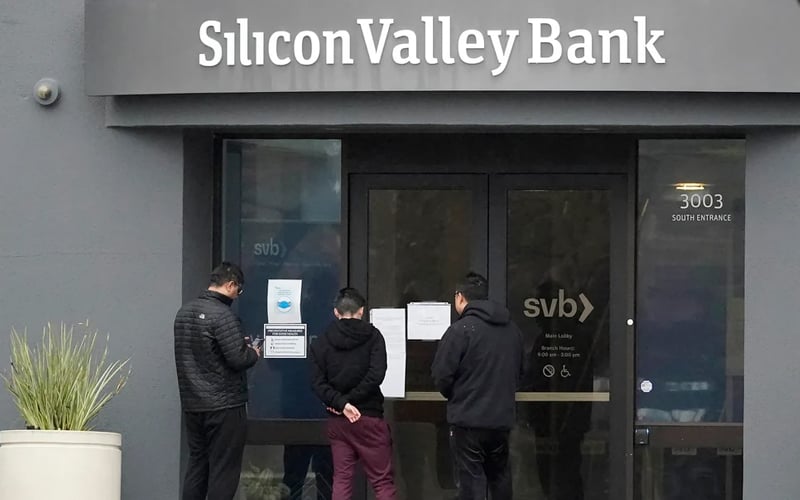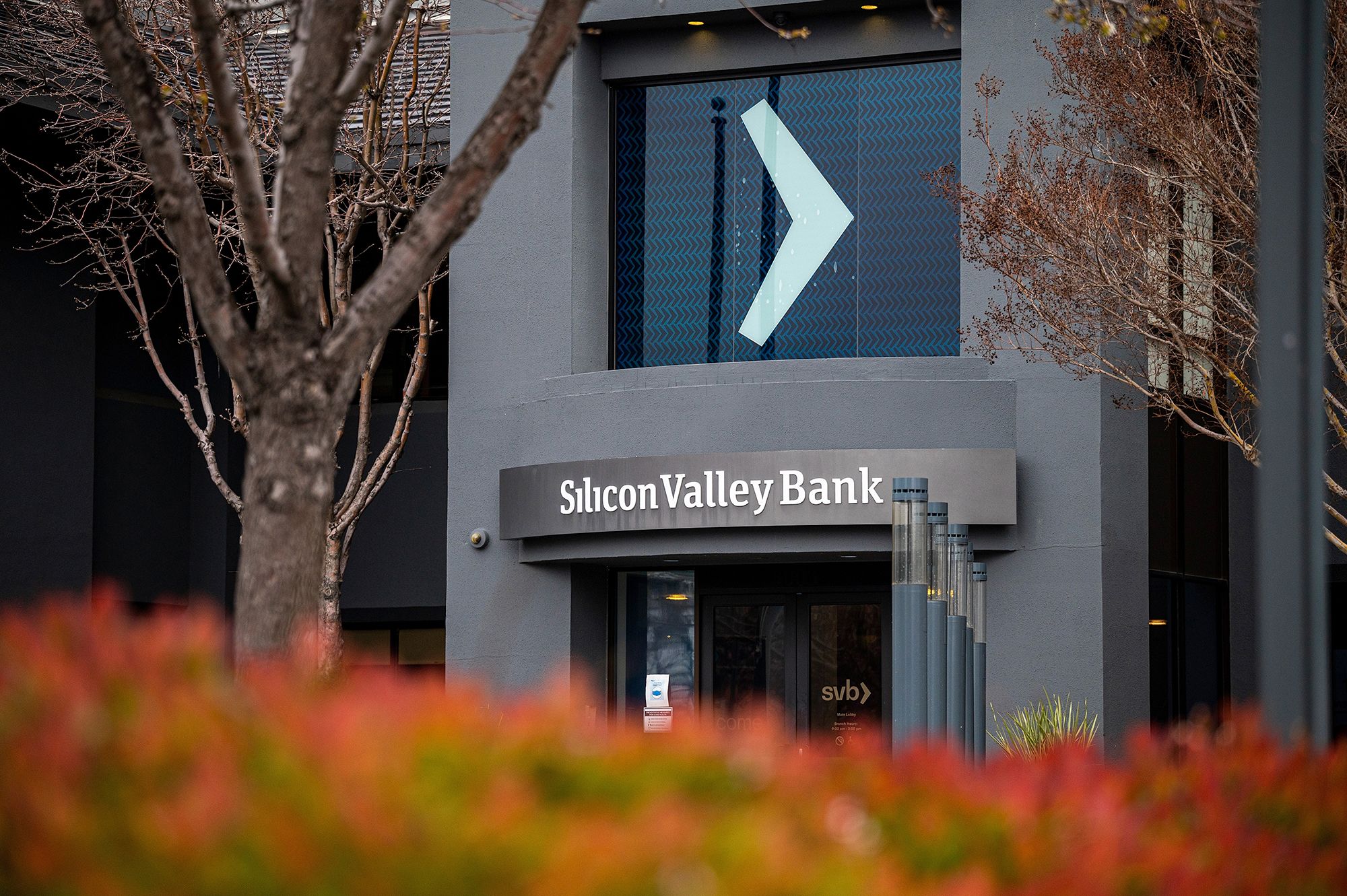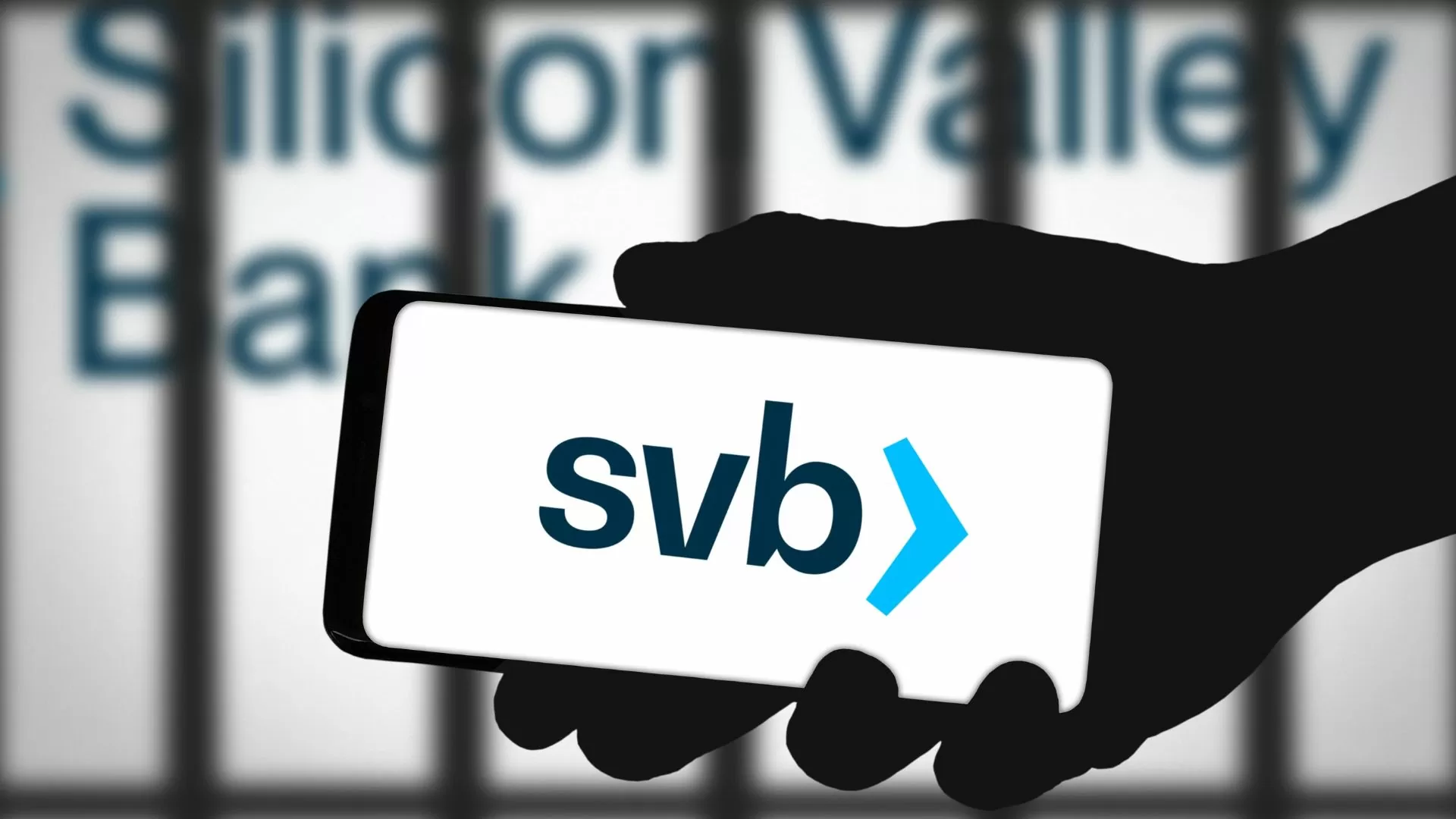
Wow, what a week it’s been in the financial world! The failure of Silicon Valley Bank, or SVB as it’s widely known, arrived with incredible speed and has certainly captured everyone’s attention. This wasn’t just any bank; it was the 16th largest in the nation, and its collapse marks the largest failure of a U.S. financial institution since the very height of the financial crisis we saw almost 15 years ago.
Indeed, this event is the second biggest bank failure in U.S. history, trailing only the collapse of Washington Mutual back in 2008. The situation unfolded rapidly on Friday as regulators took swift action to seize the bank’s assets. It’s a moment that has sent ripples through the tech industry and beyond, leaving many wondering what comes next.
What triggered this dramatic turn of events? It seems that anxiety over the bank’s health prompted depositors to hurry and withdraw their money this past week. This kind of rapid withdrawal, often called a bank run, put immense pressure on SVB, leading directly to its downfall.
SVB wasn’t your typical Main Street bank; it served a very specific clientele. Its focus was primarily on technology workers and companies backed by venture capital, including some of the industry’s most recognizable names. For many Utah firms, too, SVB held significant assets, according to Gov. Spencer Cox, who mentioned his office had been “closely monitoring” the bank’s challenges and was actively pushing regulators for stability and solutions.

The impact on the startup ecosystem has been described in rather stark terms. Garry Tan, the CEO of Y Combinator, a startup incubator that boasts launching giants like Airbnb, DoorDash, and Dropbox, referred hundreds of entrepreneurs to SVB. He didn’t mince words, calling the failure an “extinction-level event for startups.”
The distress among these founders was immediate and intense. Tan shared just how many were reaching out for help, stating, “I literally have been hearing from hundreds of our founders asking for help on how they can get through this.” The questions they were asking were fundamental to their survival: “They are asking, ‘Do I have to furlough my workers?’”
This sentiment was echoed by others deeply embedded in the tech and startup world. Ryan Smith, the founder of Qualtrics, a Utah-based company known for its customer-experience software, took to Twitter on Friday. He voiced a significant concern, tweeting that SVB’s failure had the potential to “wipe out an entire generation of tech,” particularly affecting smaller startups.

Another voice from the Utah venture capital scene, Gavin Christensen, founder of Kickstart, highlighted the urgency. He called it “Truly a sad day but important for us all to move forward and solve the urgent crisis in front of us — the need to make sure that startups are able to make payroll and get access to their own hard-earned money.”
Christensen further emphasized the broader stakes, noting the efforts of the National Venture Capital Association. He stated they were doing a “terrific job making sure that politicians and regulators understand that if we don’t handle this crisis thoughtfully and quickly, many jobs and companies will be lost and US innovation capacity will be hobbled.” The potential consequences were clearly felt to be far-reaching.
Even established tech companies weren’t immune to the fallout. Internet TV provider Roku was among those impacted, revealing in a regulatory filing on Friday that a substantial portion of its cash reserves – about 26%, totaling $487 million – was deposited at SVB. Roku noted that these deposits were “largely uninsured” and admitted uncertainty about “to what extent” it would be able to recover the funds.
Despite the dramatic scenes unfolding around SVB, there appeared to be a sense of containment regarding the broader financial system. The context suggests there was “little chance of the chaos spreading in the broader banking sector, as it did in the months leading up to the Great Recession.” This was attributed to the fact that the biggest banks, those most likely to cause an economic meltdown, reportedly had “healthy balance sheets and plenty of capital.”

SVB was deeply intertwined with the tech industry’s growth engine. According to information from the bank’s website mentioned in the context, nearly half of the U.S. technology and health care companies that went public last year after receiving early funding from venture capital firms were customers of Silicon Valley Bank. This underscores just how central SVB was to the innovation pipeline.
The bank also proudly highlighted its connections to prominent tech players like Shopify, ZipRecruiter, and the top-tier venture capital firm Andreesson Horowitz. Garry Tan’s estimate reinforced this dependency, suggesting that “nearly one-third of Y Combinator’s startups will not be able to make payroll at some point in the next month if they cannot access their money.” That’s a significant portion of promising new companies facing immediate peril.
Adding a personal face to the crisis, Bill Tyler, the CEO of TWG Supply in Grapevine, Texas, shared his distressing experience. He first learned something was wrong early Friday morning when his 18 employees texted him around 6:30 a.m. to report they hadn’t received their paychecks. TWG had already sent $27,000 for payroll to a payroll services provider that used SVB.
Tyler found himself scrambling to figure out how to pay his small team. “We’re waiting on roughly $27,000,” he explained. The situation was clearly causing discomfort. “It’s already not a timely payment. It’s already an uncomfortable position. I don’t want to ask any employees, to say, ‘Hey, can you wait until mid-next week to get paid?’” This illustrates the real-world, immediate human impact of the bank’s failure on businesses and their employees.

The timing of SVB’s troubles was particularly challenging, exacerbated by broader economic conditions affecting its core customer base. The tech sector, which SVB served so closely, had already been experiencing headwinds over the past 18 months. After a period of rapid growth during the pandemic, tech stocks had been hit hard, leading to widespread layoffs across the industry. Compounding this, venture capital funding had also been declining.
At the same time, SVB, like other financial institutions, felt the impact of the Federal Reserve’s aggressive stance against inflation. The Fed had been implementing a series of interest rate hikes aimed at cooling the economy. As the Fed raises its benchmark interest rate, it generally causes the value of existing, typically stable bonds to fall. For most banks, this isn’t an issue unless they need to sell those bonds before they mature.
However, when depositors become anxious and begin withdrawing their money rapidly, as happened with SVB, banks can be forced into selling those assets, including bonds, prematurely to meet the demand for cash. And that’s exactly what the context indicates happened at Silicon Valley Bank. The bank had to sell $21 billion in “highly liquid assets” to cover the sudden wave of withdrawals, and in doing so, it incurred a significant loss of $1.8 billion on that sale. This highlights the specific financial pressure that contributed to the swift collapse.

The human stories of distress continued to surface. Ashley Tyrner, CEO of FarmboxRx, shared that she had spoken with several friends whose businesses are backed by venture capital. She described them as being “beside themselves” over the bank’s failure. In one particularly difficult instance, Tyrner’s chief operating officer tried to withdraw her company’s funds on Thursday but was unable to complete the transaction in time.
Tyrner recounted a heartbreaking story from one of her friends: “One friend said they couldn’t make payroll today and cried when they had to inform 200 employees because of this issue.” These accounts vividly bring to light the devastating consequences extending far beyond financial statements, touching the lives and livelihoods of countless individuals.
In response to the crisis, California bank regulators and the FDIC moved swiftly to take control. As part of the seizure, they transferred the bank’s assets to a newly created institution, creatively named the Deposit Insurance Bank of Santa Clara. The good news for many depositors was that this new entity was set to begin paying out insured deposits right away on Monday. Looking ahead, the plan is for the FDIC and California regulators to sell off the remaining assets with the goal of making other depositors whole over time.
The speed at which the FDIC acted was notable; they didn’t even wait until the typical close of business Friday to shutter the bank, acting “Shortly before noon.” The fact that the FDIC couldn’t immediately find a buyer for the bank’s assets further signaled just how fast depositors had been cashing out in the hours and days leading up to the seizure.
The situation naturally drew attention from the highest levels. The White House indicated that Treasury Secretary Janet Yellen was “watching closely.” The administration sought to reassure the public amidst the turmoil. Cecilia Rouse, chair of the White House Council of Economic Advisers, offered a comparison to past crises, stating, “Our banking system is in a fundamentally different place than it was, you know, a decade ago.” She emphasized that “The reforms that were put in place back then really provide the kind of resilience that we’d like to see.”
Thinking back to the Great Recession, triggered by the collapse in value of mortgage-backed securities tied to ill-advised housing loans in 2007, provides context for the scale of concern. That crisis led to the demise of major firms like Lehman Brothers and a “cascading breakdown” in the global financial system due to banks’ interconnectedness, ultimately putting millions out of work. While SVB’s failure is significant, the administration aimed to convey confidence that the system is now more robust.
At the time of its failure, Silicon Valley Bank, based in Santa Clara, California, held a substantial $209 billion in total assets, as reported by the FDIC. A key question quickly arose regarding the extent of uninsured deposits. While the exact number of deposits above the $250,000 insurance limit was unclear immediately after the failure, previous regulatory reports had indicated that “lots of accounts exceeded that amount.” This meant a large portion of the funds held at the bank were technically at risk beyond the standard federal guarantee.
Related posts:
Utah firms’ assets at risk after Silicon Valley Bank fails, Gov. Spencer Cox says
Silicon Valley Bank Collapse Offers a Primer on How Elite Power Preserves Wealth




